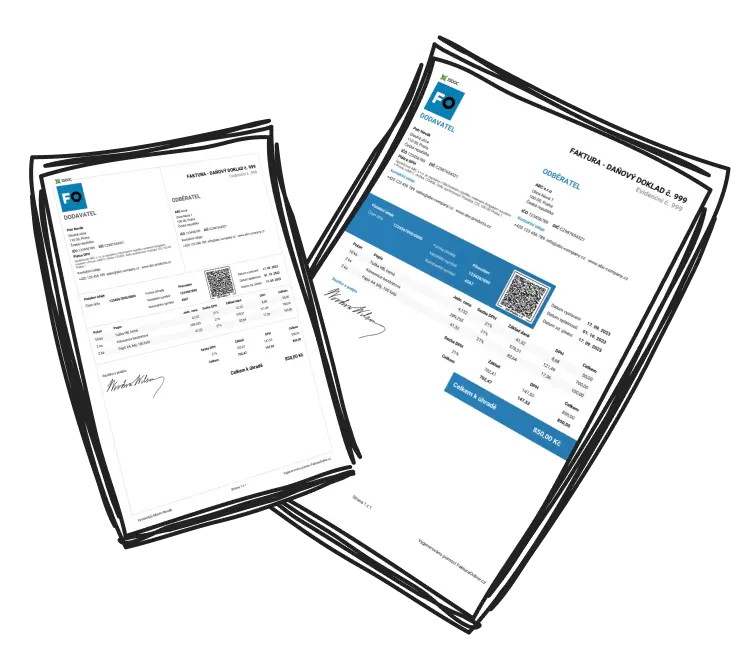Invoices, often arriving with the phrase 'please find the attached invoice,' are fundamental to transaction management. Diligent checks not only safeguard finances but also promote clarity. Here’s what UK businesses need to consider when examining invoices.
Immediate Actions Upon Receiving an Invoice
Efficient invoice handling begins straightaway. Here are steps to ensure swift processing:
Respond to confirm receipt of the invoice.
Classify it accurately (e.g., payments due, ongoing subscriptions).
Plan a timely review, allocating time to resolve any anomalies.

Tip
Evaluate invoices quickly to maintain payment schedules and avoid any hold-ups.
Key Invoice Details for Scrutiny
When detailed invoices, stating 'please find the attached invoice,' cross your desk, thorough examination is vital. Focus on these critical elements:
Supplier Verification: Confirm the sender’s details, ensuring they match what’s in your records.
Invoice Specifics: Double-check invoice numbers and issue dates to prevent repeats.
Charge Breakdown: Ensure product/service labels, amounts, and prices are in agreement with previously settled terms.
Terms of Payment: Verify due dates, preferred payment methods, and any stated penalties or offers.
Financial Totals: Look over taxes, deductions, and total sums for precision.

Example
Should a receipt for office necessities reflect a mismatch in overall cost compared to agreed unit prices, pursue clarification before completing payments.
Ensuring Invoice Precision
For invoice accuracy, notably those labelled 'please find the attached invoice,' employ these strategies to verify against your records:
Document Cross-Check: Associate the invoice with purchase orders, contracts, or receipts to affirm fulfilment.
Delivery Confirmation: Ensure goods received or services rendered align with the invoice specifics.
Manual Calculations: Reassess subtotals, taxes, and total figures manually or via software.
Payment Stipulations Review: Ensure due dates and payment methods are consistent with agreed terms.
Consistent documentation is pivotal - correlating invoices with signed contracts or orders diminishes risks and aids in precise record maintenance.
Identifying Invoice Red Flags
Upon encountering an invoice, whether or not it mentions 'please find the attached invoice,' stay alert to identify errors or potential fraud. Be wary of these warning signs:
Unfamiliar sender or vendor.
Lacking or unconvincing invoice identifiers.
Untenable charges or unanticipated fees.
Generalised goods or service details.
Inconsistencies in linked documents.

Be cautious of sudden shifts in payment conditions or vague invoice information, as these may indicate fraudulent activity.
Validating Invoice Agreement with Terms
Before any payment approval, especially for invoices stating 'please find the attached invoice,' verify alignment with agreed terms by:
Re-examining initial agreements or contracts to affirm correct quantities, details, and pricing.
Ensuring any extra charges, like delivery fees or taxes, were sanctioned in advance.
Checking that payment specifics correspond with previous arrangements, thus averting errors or fraud.
Documenting your verification stages to preserve an audit trail.

Tip
Always retain a copy of the original contract for verification—it streamlines the reconciliation process.
By implementing these strategies, businesses across Britain can competently manage invoices, mitigate mistakes, and uphold compliance with internal protocols. Trust, yet verify—through diligent invoice checks, financial operations can proceed smoothly.


